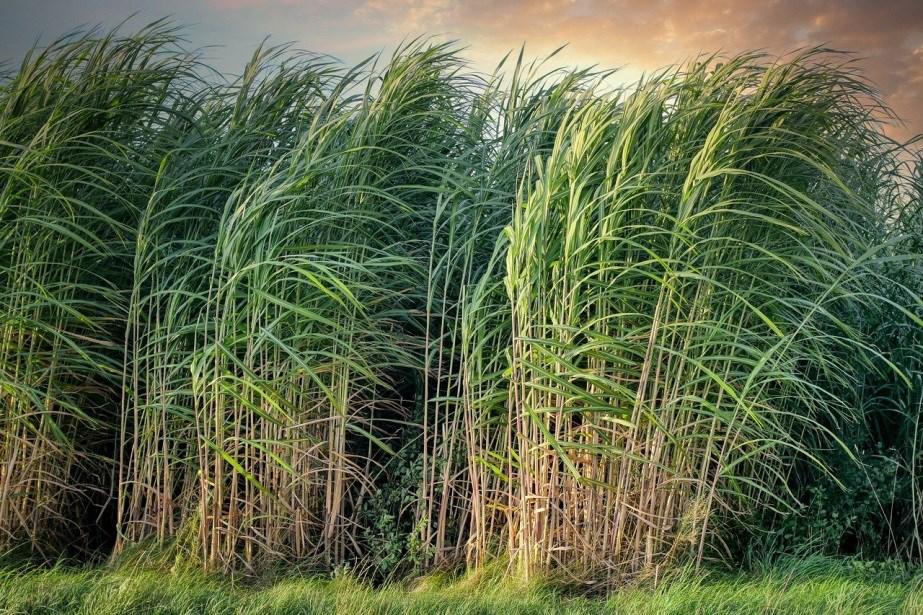Ganesh Chaturthi in Goa
Ganesh Chaturthi, a vibrant and significant festival in Goa, unfolds with an air of excitement, devotion, and grandeur. This annual celebration is in honour of the revered elephant-headed deity, Ganapati, symbolising wisdom and the remover of obstacles. With its captivating rituals, ornate decorations, and joyous spirit, Ganesh Chaturthi illuminates the coastal paradise of Goa like no other occasion.Every year, the fourth day of the waxing moon in the Hindu month of Bhadrapada heralds the commencement of Ganesh Chaturthi. This year 2023, this cherished festival will grace Goa's shores from September 19, inviting locals and visitors alike to partake in the jubilant festivities.
In Goa, Ganesh Chaturthi is not just a fleeting event but an immersive experience that spans a minimum of two days, with the potential to extend up to an awe-inspiring 21 days. The festivities start with the ceremonial installation of clay idols of Lord Ganesha in elaborately adorned rooms within homes. These idols become the focal point of heartfelt prayers, accompanied by melodious devotional music and generous offerings.
The culmination of the festival is as poignant as its commencement. On the final day, the Ganesh idols, having soaked in the devotion and revelry, are bid farewell in a symbolic immersion ceremony. The idols are gently carried to rivers or seas, where they are reverently immersed, signifying a heartwarming farewell to the deity and gratitude for the blessings bestowed.
Ganesh Chaturthi is a time when the bonds of family and friendship are celebrated with utmost enthusiasm. However, the spirit of unity extends beyond personal circles. It's a season of giving, with many individuals and communities contributing food, clothing, and financial aid to those in need, embodying the spirit of compassion and generosity.
Immersing in the Celebration the festival offers an array of captivating experiences. On visit to a pandal of Sarvajanik Ganeshotsav, one can witness the artistry and devotion that adorn temporary shrines, known as mandap, showcasing intricately decorated Ganesh idols.
Participating in public processions where lively music and dances are a part, paint the streets with a kaleidoscope of colours.
Ganesh Chaturthi unfurls a magical tapestry of tradition, faith and camaraderie. It is the divine union of devotion and festivity.



 Sugarcane is a grass plant found in several varieties. Sugarcane juice has no fats, and is a 100 percent natural drink. It has zero content of cholesterol, fat, fibre and protein. But it contains ample quantities of sodium, potassium, calcium, magnesium, and iron.
Sugarcane is a grass plant found in several varieties. Sugarcane juice has no fats, and is a 100 percent natural drink. It has zero content of cholesterol, fat, fibre and protein. But it contains ample quantities of sodium, potassium, calcium, magnesium, and iron.












